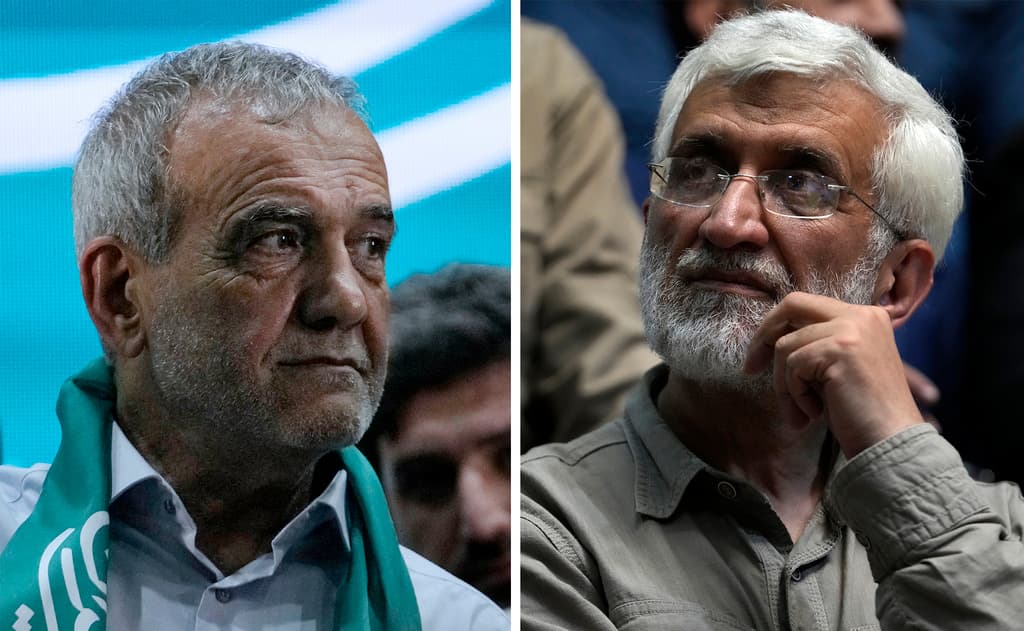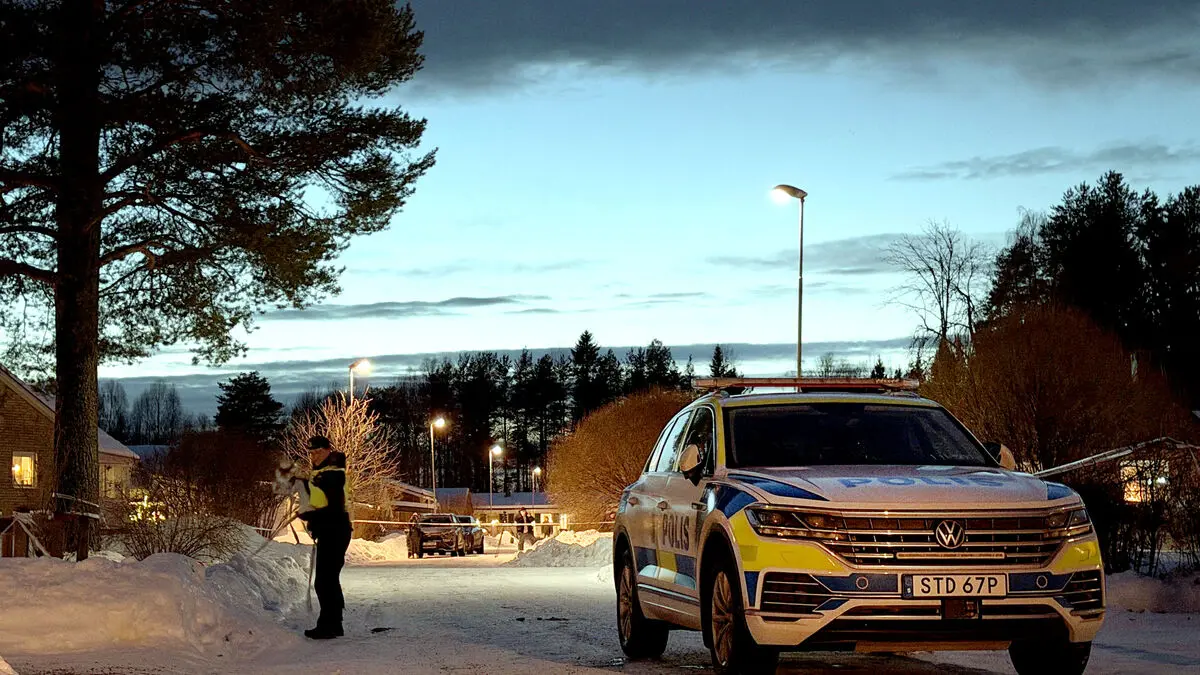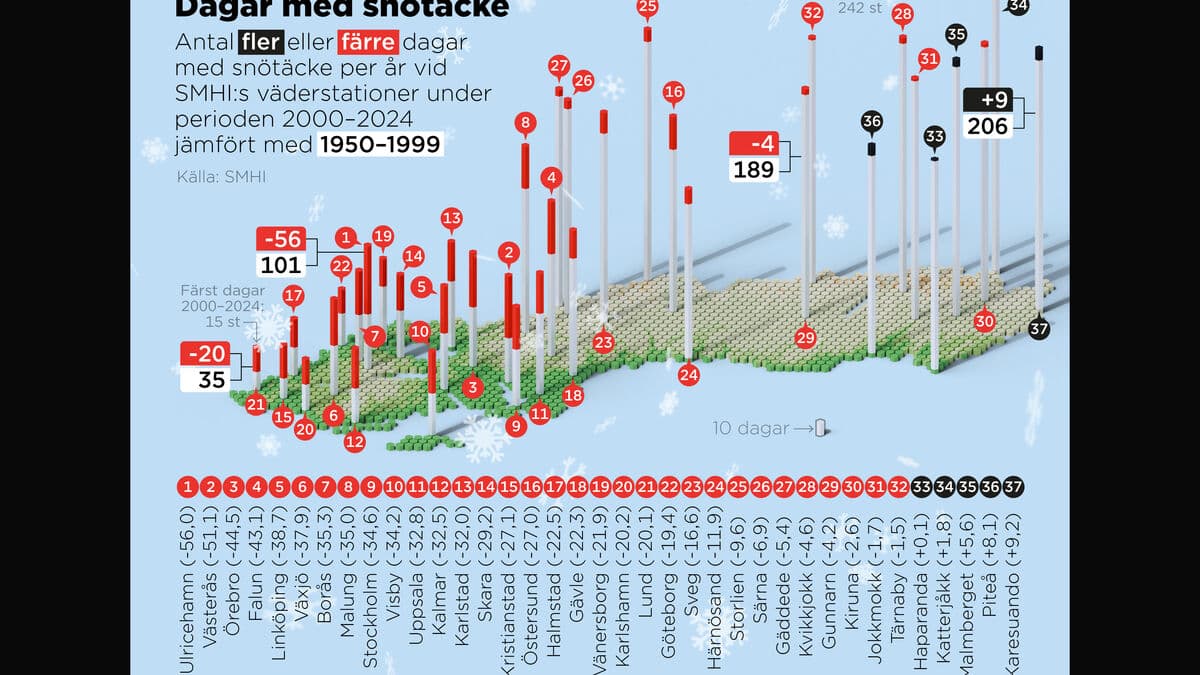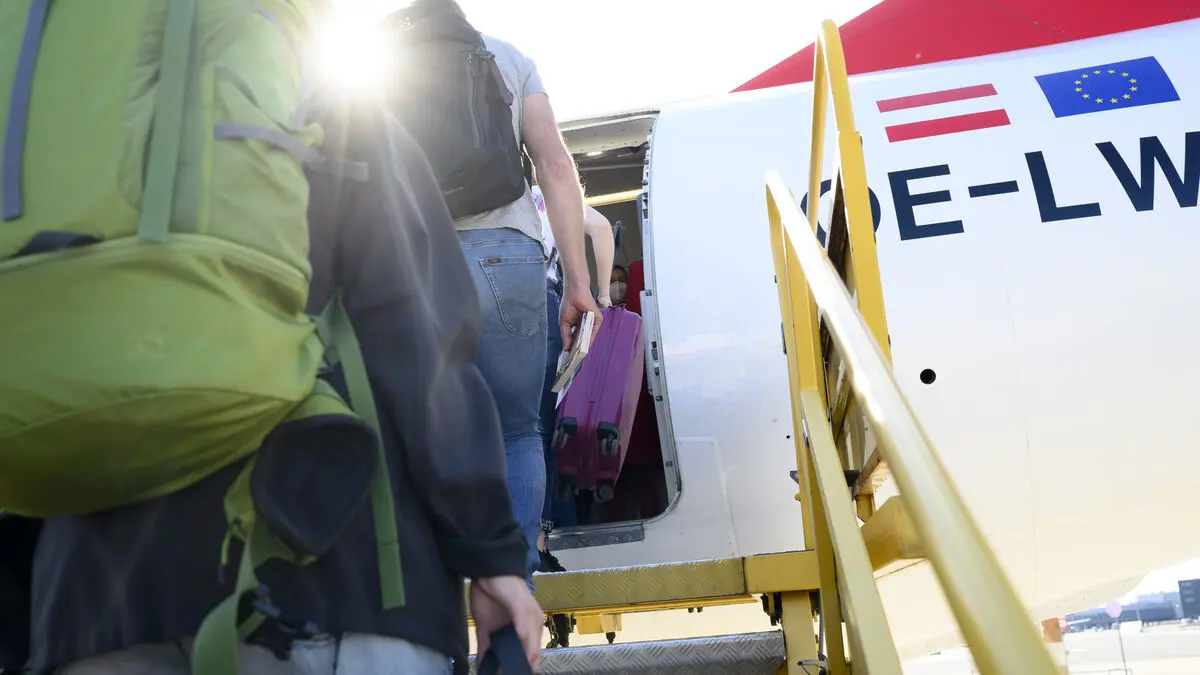The Iranian presidential election on Friday can affect the relationship with the West.
The situation for the population is not expected to change regardless of the winner – both candidates are loyal to the Islamic regime.
The most telling result can instead be read from the voter turnout. How many are boycotting the spectacle?
A presidential election in one of the world's hardest dictatorships takes place as follows: The candidates who are allowed to stand are first screened by the so-called Guardian Council. It consists of six religious scholars appointed by the Supreme Leader Ayatollah Ali Khamenei, and six legally learned men appointed by the head of the country's judiciary. He is also appointed by the Ayatollah. Then, the population can choose among those approved by the leadership.
The election, which is now being held to find a successor to President Ebrahim Raisi, who died in a helicopter crash in May, thus poses no risk to the country's strict religious rule.
Different attitudes towards the West
But there are certain issues that distinguish the two candidates. They are going head-to-head since none of the six candidates received enough votes in the first round last Friday.
Ultra-conservative Saeed Jalili is considered one of the country's toughest politicians. He was Iran's chief negotiator in the charged issue of Iran's nuclear energy program and has advocated for an even colder relationship with the Western world in recent debates.
The other candidate, Masoud Pezeshkian, is often described as "reformist". He represents a somewhat more open relationship with the USA and Europe – which has been criticized by Ayatollah Khamenei.
Many Iranians see Pezeshkian's allowed candidacy as an attempt by the Ayatollah to increase voter turnout. It usually lies at low levels since a large part of the population boycotts the elections to show their dissatisfaction with the regime. In the previous election, participation was at 40 percent – a figure so low that it can imply a legitimacy crisis for Khamenei, who has placed great emphasis on increasing participation.
Does not threaten the regime
According to the US-based think tank Institute for the Study of War (ISW), Jalili is likely to gain support from supporters of the four other hardline candidates who were eliminated in the first round.
Khamenei's criticism of Pezeshkian also suggests that Jalili is the Ayatollah's favorite – an advantage that should not be underestimated.
The presidential post is important in Iran, but subordinate to the Supreme Leader. Regardless of who emerges as the winner, the hard regime, which, among other things, segregates women and men and regularly applies arbitrary death penalties, will not be threatened.
Power in Iran emanates from the Supreme Leader, who is seen as a representative of the twelfth imam, who according to Shia Islam disappeared in the 9th century and is expected to return one day.
The Supreme Leader is elected by the so-called Expert Assembly, which formally can also dismiss him. The Expert Assembly consists of over 80 scripture scholars appointed in general elections every eight years – but all candidates must first be approved by the Guardian Council, of which six of the twelve members are appointed by the Supreme Leader himself. The rest of the Guardian Council is appointed by Iran's highest prosecutor (appointed by the Supreme Leader) and approved by parliament. But all who run for parliament and the presidential post must be approved by the Guardian Council.
The Supreme Leader is the commander-in-chief and appoints all leading posts in the judiciary, state media, and the so-called Mediation Council, which is to mediate in disputes between parliament and the Guardian Council. He also has veto power over all important decisions made in the country.
The system is unique in the world and stands out particularly within Shia Islam, where the historical view has been that religion and politics should be kept separate.
Source: UI, Uppsala University





